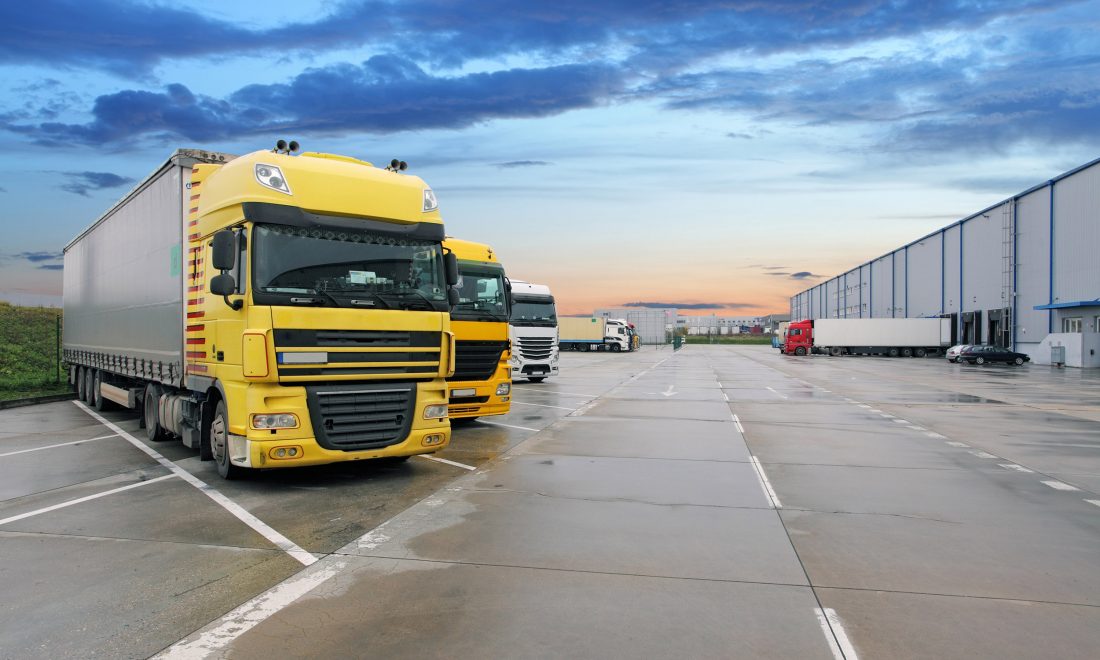This month, the Federal Motor Carrier Safety Administration (FMCSA) institutes a major change: the ELD (electronic logging device) mandate. Published in December of 2015, fleets have had until December 2017 to implement certified ELDs to record Hours of Service (HOS). Fleets already equipped with electronic logging technology will have until December 2019 to ensure compliance with the published specifications.
In its simplest form, an electronic logging device — or ELD — is used to electronically record a driver’s Record of Duty Status (RODS), which replaces the paper logbook some drivers currently use to record their compliance with Hours of Service (HOS) requirements.
What is it exactly? And, what does it mean for commercial motor carriers and truck drivers?
Today, many drivers and fleets are using automatic on-board recording devices (AOBRDs) to reduce paperwork. These devices meet the standard covered in the FMCSA’s rule 395.15, which requires them to automatically record a driver’s duty status and any changes in status, as well as the amount of time they operate the vehicle.
If requested by law enforcement, drivers must also be able to immediately present the required AOBRD display information for the previous seven days, plus the current day.
The ELD Standard is also built on a regulation for electronic on-board recording devices (EOBR) that was published, but eventually pulled back. The EOBR rule applied to fleets that had serious HOS compliance issues, but not all trucks were subject to HOS tracking requirements.
It was eventually vacated over concerns that carriers could misuse the devices to harass truck drivers – something the new ELD requirements must address.
While differences among ELD, AOBRD, and EOBR devices abound, they share a few elements in common:
- They track a driver’s Hours of Service electronically
- They need to be “integrally synchronized” with a truck’s engine, making sure drive segments are captured
- Most will pass data to a system where a safety or fleet manager can see e-logs in a near real-time basis, allowing everyone to be on the same page
In today’s truck and fleet applications, ELDs installed in commercial motor vehicles can monitor and record a whole host of data about the vehicle and its driver that go beyond RODS — from Driver Vehicle Inspection Reports (DVIR) and IFTA automation to driver behavior reporting on speeding, idling, and hard braking.
Many systems integrate map and route solutions as well, which can help drivers navigate around construction and avoid high-traffic areas.
And, many fleets are already seeing the benefits of ELDs.
That’s because ELDs can:
- Save driver time by reducing paperwork
- Keep a dispatcher up-to-date on a driver’s status, letting them plan for loads better in light of HOS compliance needs
- Reduce the hassle of keeping a paper log – something that e-log converts never want to return to
It’s important to note that the FMCSA allows fleets that have installed AOBRDs at the time the final rule is enacted to continue to use those devices until late 2019.
Smartphones and tablets can also work – as long as they meet the FMCSA’s requirements
In writing the ELD rule, the FMCSA is aware of the cost burden it could be putting on fleets. While it recognizes there’s a net-benefit from the paperwork savings alone, it doesn’t want to saddle drivers and fleets with trucking technology that isn’t affordable.
To address those ELD cost concerns, the FMCSA has provided that smartphones, tablets, and rugged handhelds can be used as long as the system as a whole meets ELD requirements, including a hardwired connection to the truck’s engine.
So, a fleet may choose to use a smartphone or tablet ELD to help address the start-up costs associated with some HOS compliance systems.
As an added benefit, with the overwhelming adoption of smartphones, truck drivers find them easy to use and see them as a vital part of their everyday life on the road. They’re also a perfect fit for drivers looking for a solution that un-tethers them from the cab and allows them the flexibility to choose from a wide range of mobile devices.
It’s not worth waiting until the compliance deadline to implement an ELD solution
Many fleets may be waiting for the ELD mandate deadline before implementing electronic logging devices.
By waiting, however, fleets miss out on a number of immediate benefits.
Implement ELD technology today, and:
- Start immediately building ROI: slash fuel costs, drastically reduce paperwork, increase driver communication, and charge for detention time
- Make life easier for commercial truck drivers by letting them focus on driving, not driver logs
Contact McSweeney & Ricci’s Truck Insurance expert Kyle Carrigan, if you have any questions or would like more information about the ELD Mandate.






